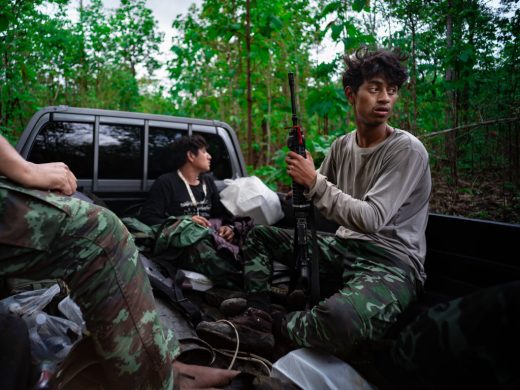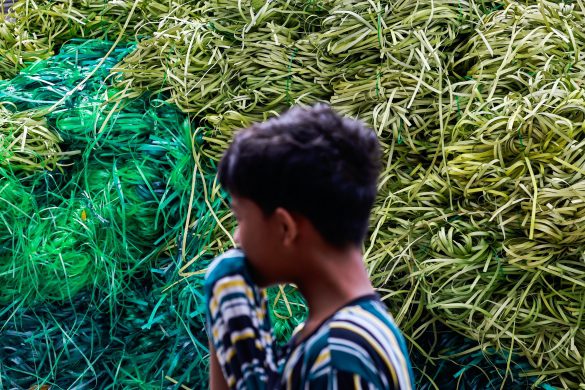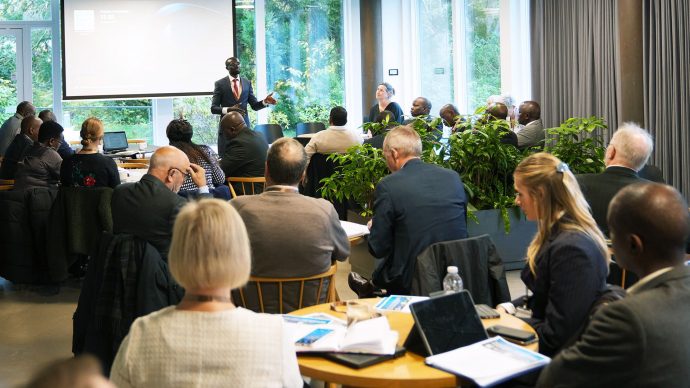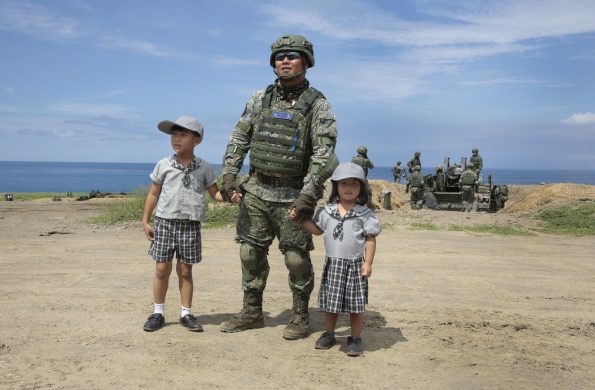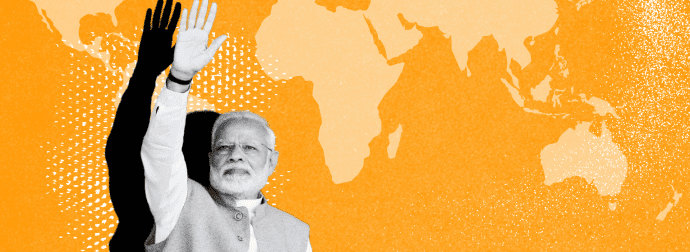Store bistandsorganisationer har sat massivt ind i regionen og bragt antallet af tilfælde ned, men samtidig spreder modstandsdygtige malaria-stammer sig og formår de at hoppe over til malaria-kontinentet Afrika er mareridtet en kendsgerning.
PHNOM PENH, 20 February 2014 (IRIN): Efforts are being scaled up to stem a further spread of drug-resistant (modstandsdygtig /resistent) malaria in Southeast Asia.
“The emergence of resistance… threatens worldwide malaria control and treatment since there is no alternative to this drug if its efficacy (effektivitet) decreases further and the resistance spreads outside the region,” wrote the Global Fund to Fight AIDS, Tuberculosis and Malaria.
The Fund is providing some 150 million US dollar (ca. 825 mio. DKR) for malaria prevention and elimination programmes in the Greater Mekong sub-region within the next two years.
The region includes southern China, Laos, Vietnam, Cambodia and Burma.
In 2008, artemisinin-resistant malaria was first discovered in Cambodia’s Pailin Province along the Thai border, which immediately alarmed health experts.
About 60 years earlier, malaria strains (stammer) had also developed resistance against chloroquine, then the most common drug to treat malaria. A spread of resistance could not be stopped, and several years later, chloroquine was deemed useless globally.
Now, as the parasite’s most deadly strain, Plasmodium falciparum, is proving resistant to drugs not based on artemisinin, the Cambodian government is trying to stop a further spread in the region with the World Health Organization (WHO), the US government-funded Control and Prevention of Malaria (CAP-Malaria) and other development partners.
Fearing sub-Saharan Africa´s fate
One fear is that, like before, drug resistance will reach sub-Saharan Africa, where the majority of malaria deaths occur.
“In the last year, it got worse, and we also found resistance in locations including [Cambodia’s northwestern provinces of] Oddar Meanchey and Preah Vihear, so it is getting a bigger and bigger concern and we need to contain this,” said Nguon Sokomar, country director for CAP-Malaria based in Phnom Penh.
Between 2003 to 2011, the number of malaria cases diagnosed in Southeast Asia dropped from almost six million to 3,4 million, a decrease of 43 percent, while the number of deaths declined by 68 percent during the same time period.
But during that time, resistance was spreading.
“The findings show that the number of resistant strains is increasing… In percentage of treatment failures, it is about 40 percent in Oddar Meanchey,” bordering Thailand, Sokomar said.
Credible evidence for artemisinin-resistance has in recent years been found in Cambodia, Vietnam, Thailand, Burma and Laos.
As part of an emergency response, WHO established a regional malaria hub in Phnom Penh in April 2013, following the success of Cambodia’s village malaria workers, said Sonny Krishnan, communications officer for WHO’s Emergency Response to Artemisinin Resistance.
Best practice
Læs videre på
http://www.irinnews.org/report/99673/stepping-up-the-fight-against-drug-resistant-malaria-in-se-asia



